


















































When Kate Smith took on the 12 acres of The Old Vicarage in Surrey 16 years ago, she combined her design training and a love of plants to create a personal and meaningful garden

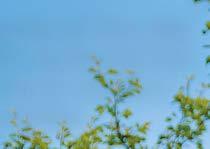
Two of Kate’s favourite plants, purple Nepeta ‘Walker’s Low’ and green Alchemilla mollis, billow from deep beds at the back of the house.
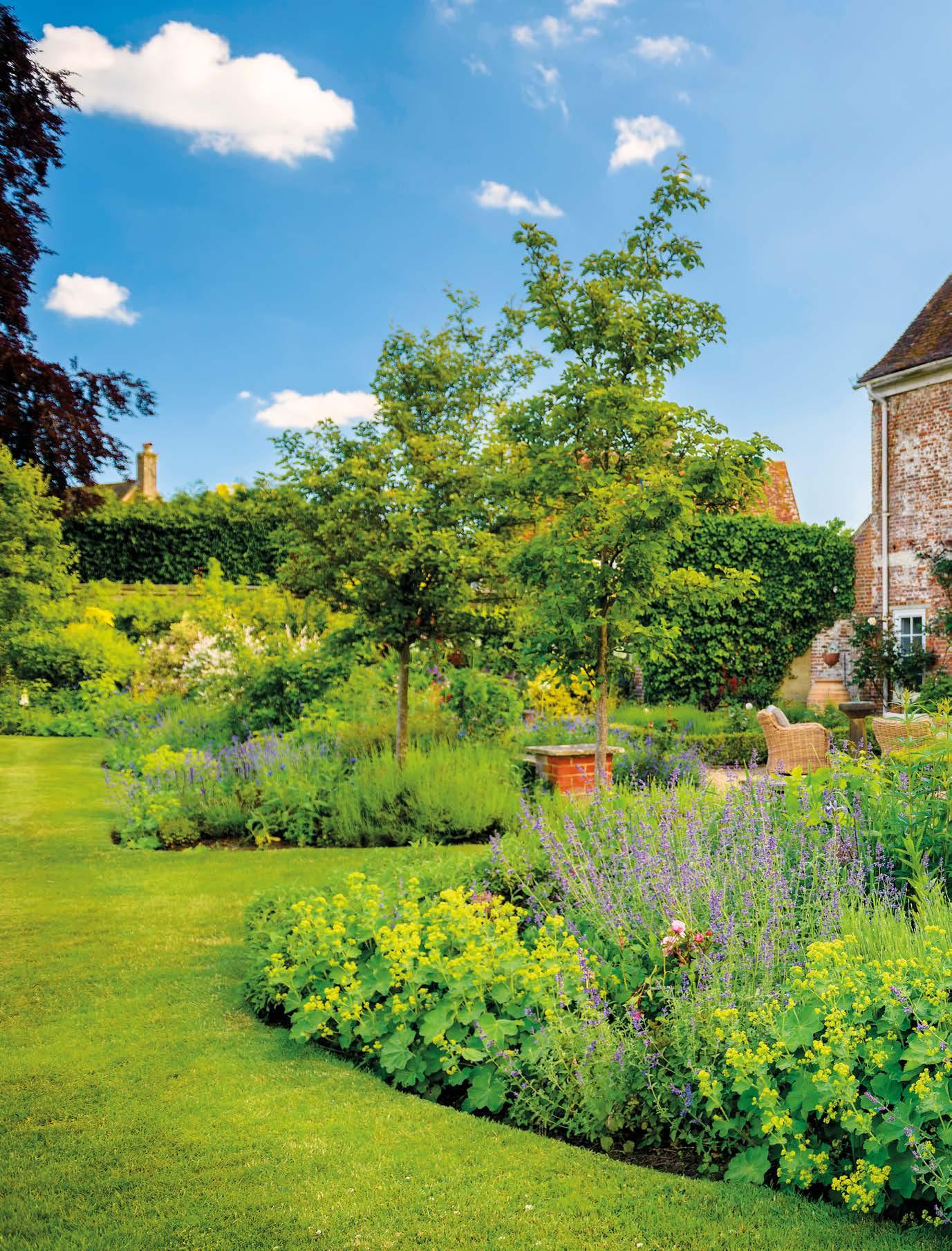 WORDS JILL ANDERSON PHOTOGRAPHS JOANNA KOSSAK
WORDS JILL ANDERSON PHOTOGRAPHS JOANNA KOSSAK
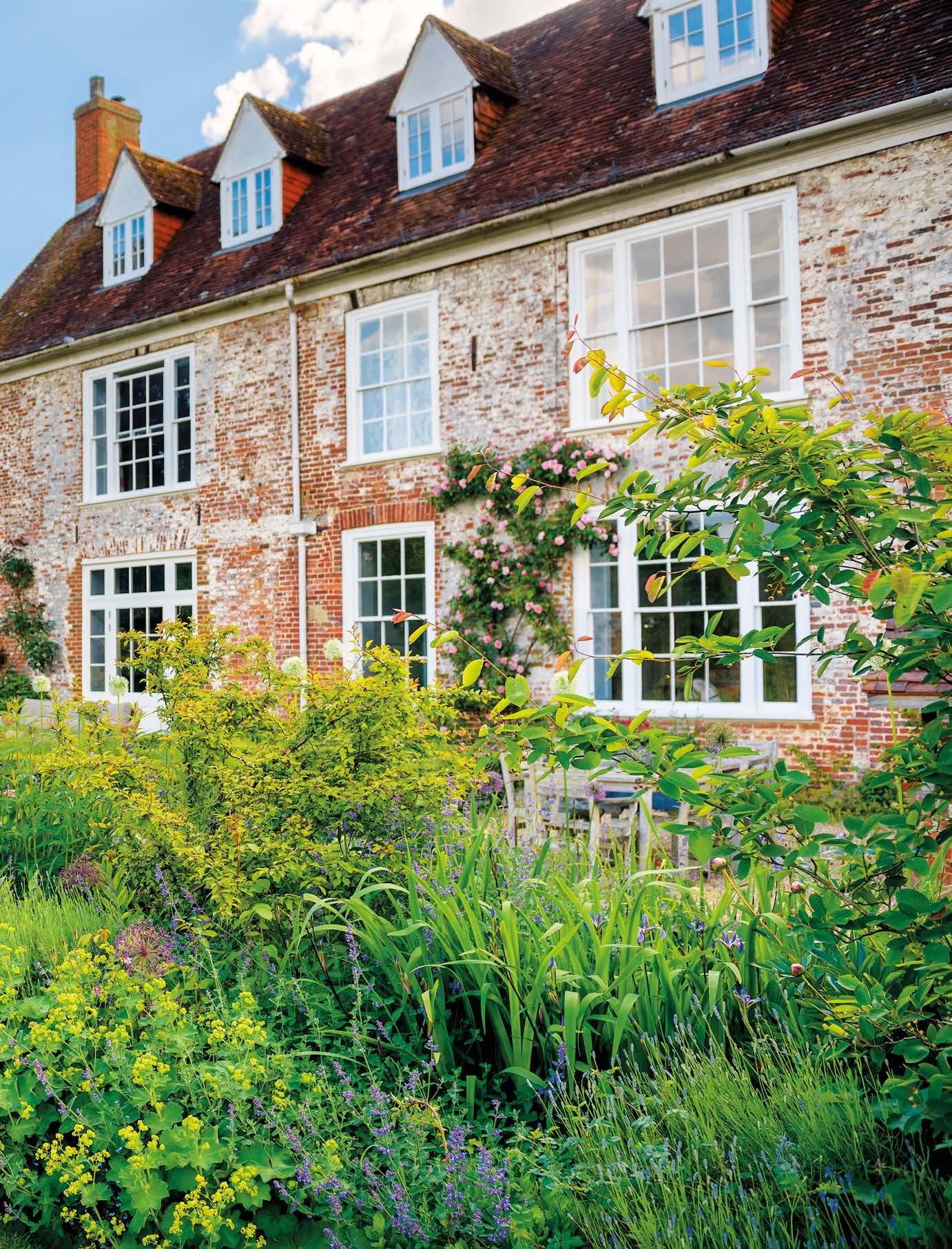
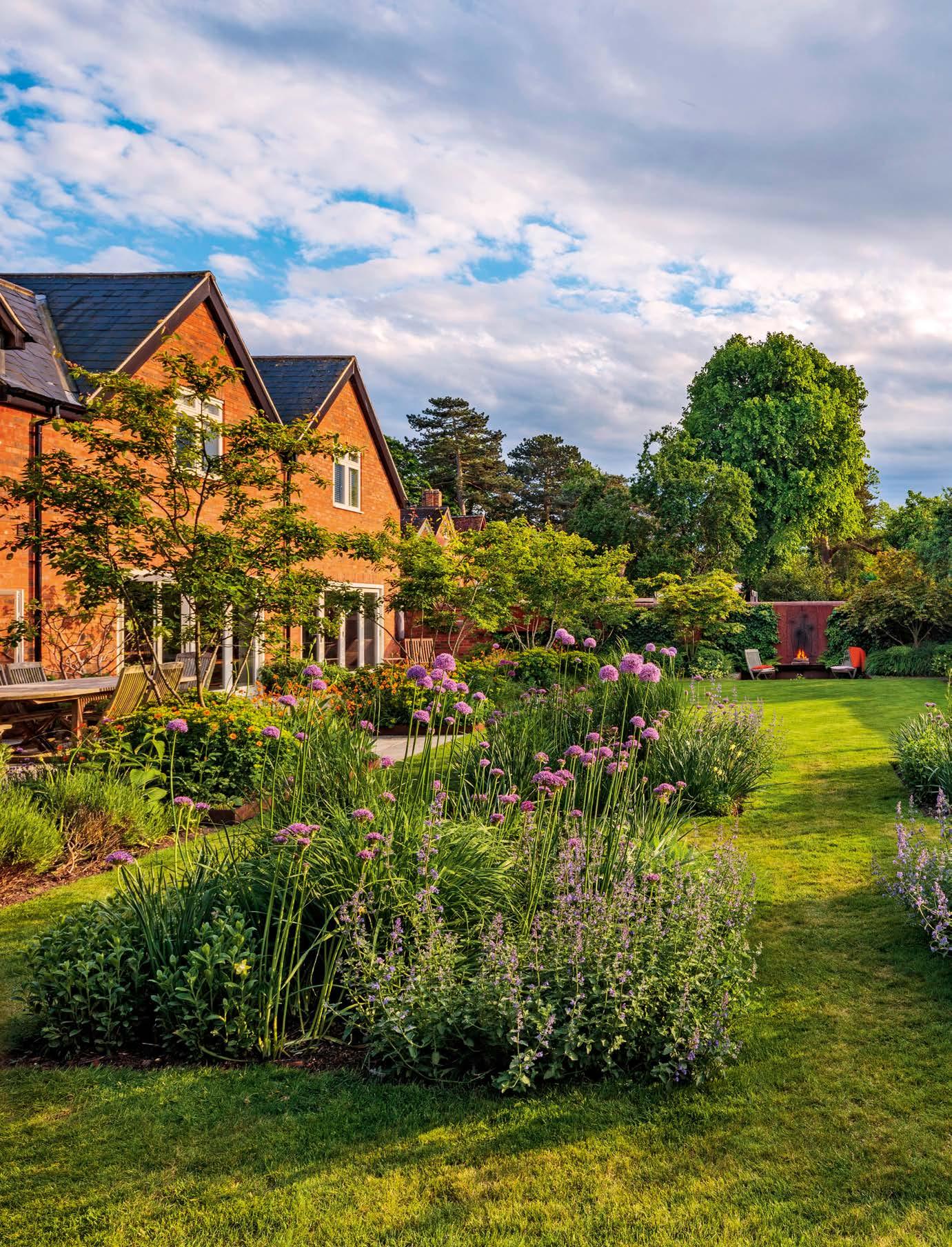 James Scott’s ‘short and fat’ garden stretches across the width of the house, but clever design disguises and makes the most of its shape.
James Scott’s ‘short and fat’ garden stretches across the width of the house, but clever design disguises and makes the most of its shape.
James Scott took the brief for his own garden from his wife and two daughters. The result is a clever but simple space made for gathering, living and enjoying
WORDS CLARE FOGGETT PHOTOGRAPHS CLIVE NICHOLSJames Scott has devoted his entire career to garden design, pretty much since he left school. And so it’s little surprise that this dedicated professional approached the design of his own garden in exactly the same way he would a client’s.
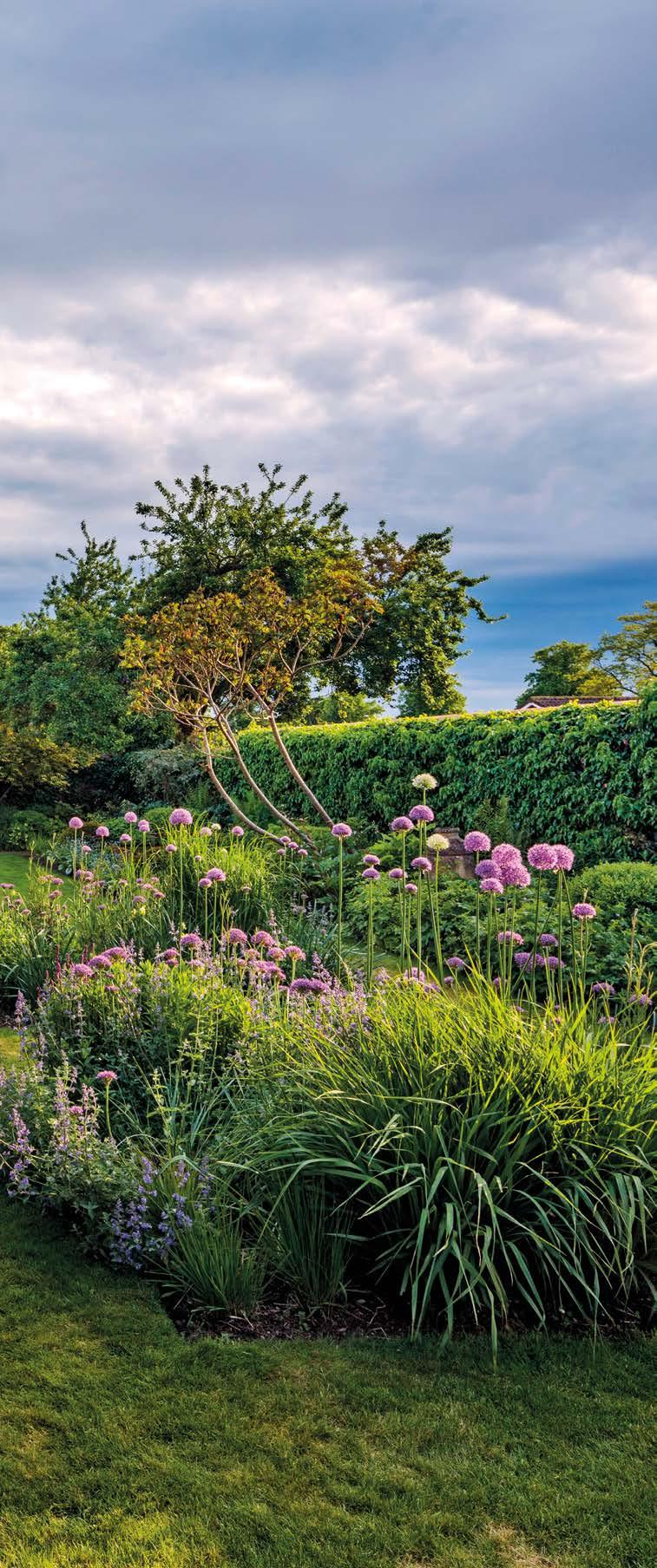
“When I designed the garden at our old house, I found it really di cult – and I found this one really di cult as well. There are so many things I could do or ought to do, and I didn’t really want it to be a showcase for what I do for a living,” he explains. “So I sat down with the family and took a brief from them.” James made notes while his wife, Helen, and their two daughters made a wish list.
“There were a few key things on the brief. Helen wanted somewhere we could hold family gatherings and parties. The girls wanted a trampoline, and from an aesthetic point of view I hate trampolines. They also wanted a big lawn, which wouldn’t have been my instinct, and Sophie, my eldest, came up with the idea of a fire pit. All of those things got incorporated into the design.
“I really did follow the process – I did a draft design for them, talked it through with them – I treated the girls and Helen like clients, and it really was taking the brief from them that led to quite a
Strong structure in Rhiannedd Brooke’s Kent garden, from hornbeam columns, box topiary and purple pittosporum.

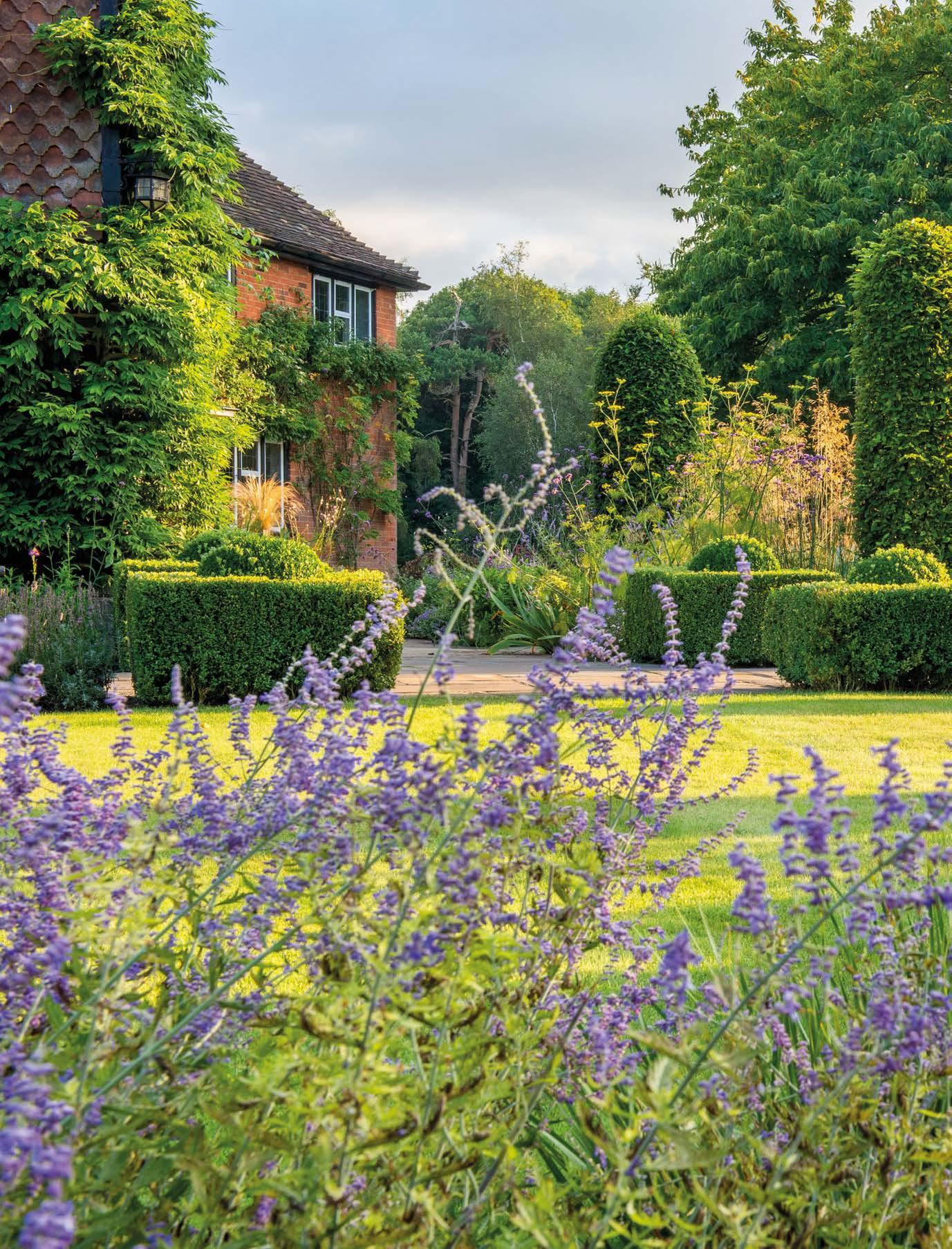
Rhiannedd Brooke uses her own elegant garden in Kent to test new ideas, repurposing areas and experimenting with levels and planting, enabling her to go beyond her clients’ design briefs and give them that little bit more

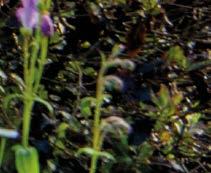



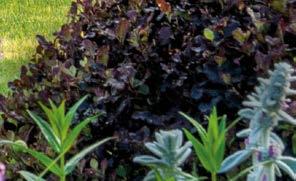

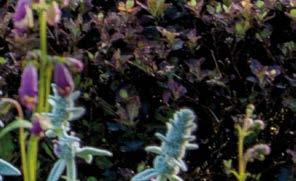
 WORDS ALEXANDRA CAMPBELL PHOTOGRAPHS MMGI/BENNET SMITH
WORDS ALEXANDRA CAMPBELL PHOTOGRAPHS MMGI/BENNET SMITH
The




Look beyond the practical challenges, says Carol Smith, and you’ll see that gardening on a gradient is a fantastic opportunity to add drama, intrigue and flair



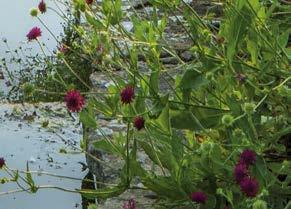
 sloping garden at Eastleach house delivered the perfect opportunity for an elegantly stepped rill.
sloping garden at Eastleach house delivered the perfect opportunity for an elegantly stepped rill.
Say the word birch and most people think of the trees with white trunks so often used to add interest to winter gardens. But there’s much more to birch than white bark, and one person who understood this better than anyone was Kenneth Ashburner. For Kenneth, birch were a lifelong passion and he travelled the world seeking out and studying di erent species, collecting seed and becoming acquainted with birch in all their variety.
Kenneth’s long-anticipated monograph, The Genus Betula, was written with Hugh McAllister and published in 2013. It was just one welcome result of his years spent studying birch in the wild. Another was his arboretum at Stone Lane Gardens in Devon
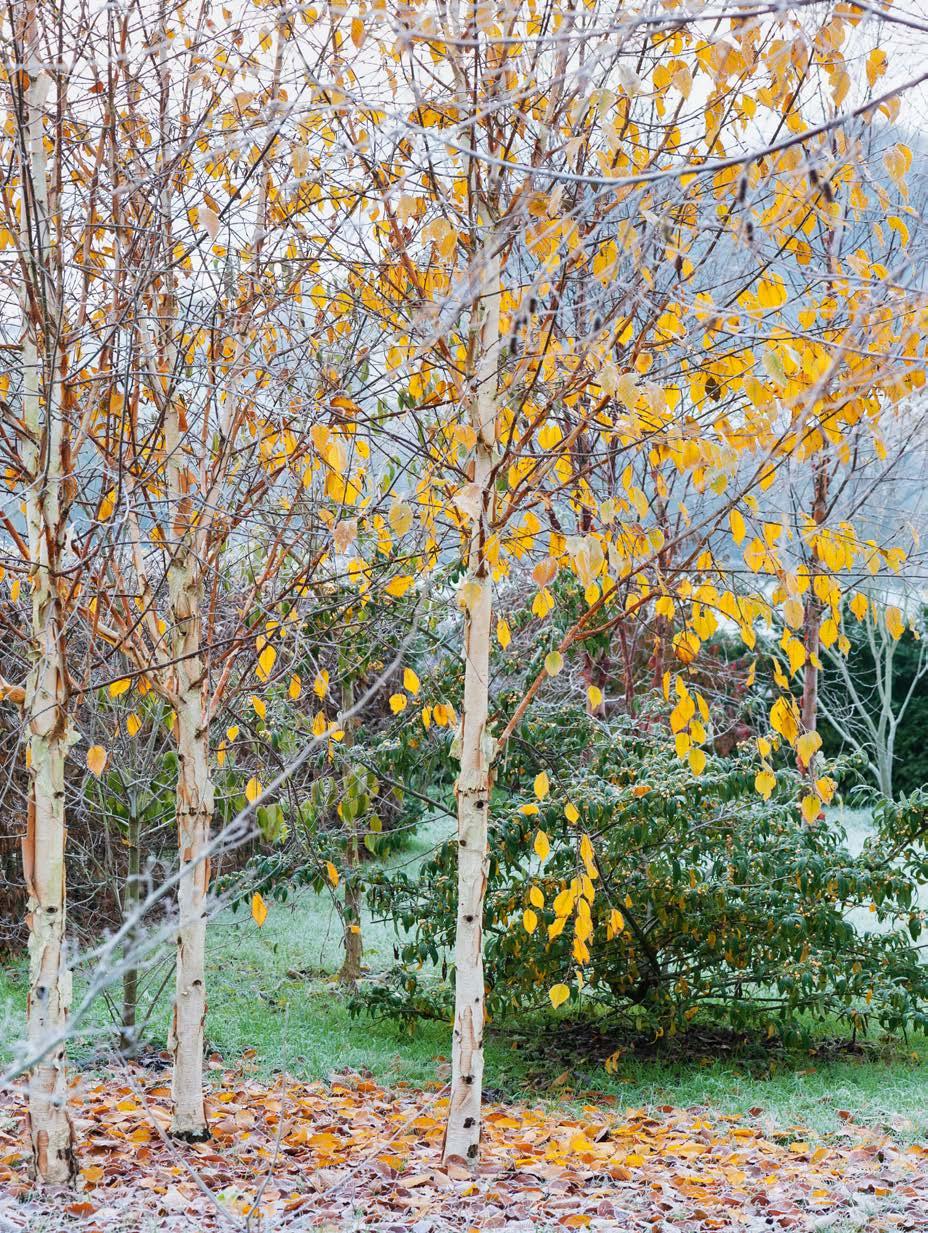
Above Young specimens of Betula utilis var. jacquemontii ‘Grayswood Ghost’, already showing the white bark for which this cultivar is famous.
where he planted the birch that held such fascination for him. They now form a Plant Heritage National Collection of wild-origin Betula, o ering a unique chance to see their natural variation.
Kenneth died in 2010 but Stone Lane Gardens continues, run by a charitable trust set up to safeguard the tree collections that are cared for today by Paul Bartlett. “I started here about 20 years ago, and ended up doing more and more as Kenneth got older, gaining experience along the way. Kenneth was especially knowledgeable on the subject of birch, and he passed that knowledge on to me,” says Paul, who continues in Kenneth’s footsteps by leading expeditions around the world to study birch in the wild and collect seed. “Our focus is on wild-provenance trees rather than hybrids,” he explains. Since birch are relatively short-lived, in tree terms, Paul maintains the collection through a programme of constant replanting. “Unfortunately, honey fungus tends to kill birch very quickly and we lose some trees every year, so we’re always replanting with new trees, and either growing them from seed or grafting.”
Visiting the collection is the ideal way to compare birch, and get a measure of their eventual size and shape. Although they’re often seen planted in small gardens, birch such as Betula utilis and B. albosinensis grow to around 7-12m, while Betula ermanii and B. nigra can eventually reach 20m. These aren’t trees that can be pruned to size, so choose carefully and make sure you have the space.
A visit to Stone Lane Gardens will also dispel any preconceptions that birch come only in white. And, depending on when you visit, that birch are a tree for winter only. True, their beautiful bark stands out when the rest of the garden is bare, but they are a picture as they come into leaf in spring, which is when many bear their catkins – the dangling male ones and sti er, often upright female ones are carried on the same tree. When birch are in full leaf, their delicate canopy means the shade they cast isn’t too heavy, and they develop an elegant shape and habit. In autumn, their leaves turn golden yellow before falling to reveal the intricate tracery of their branches, which in many cases bear a colourful tint.
Top left The creamywhite bark of Betula ‘Fascination’ peels to reveal curls of copper.
Top right Betula utilis var. jacquemontii is an everpopular choice, known for its bright white bark.
Below right Betula ermanii boasts bark in a warmer shade of cream.
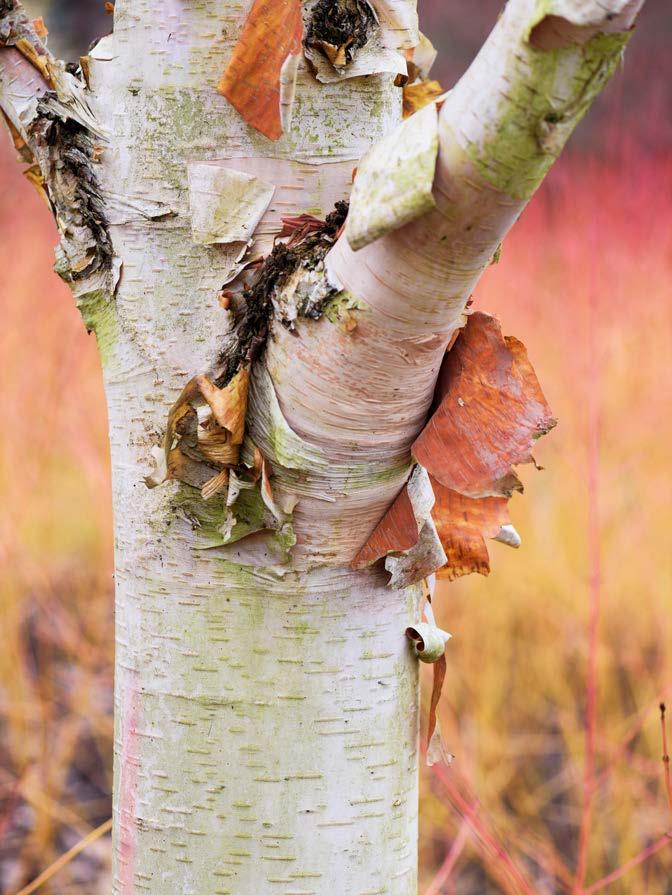


Below left White-barked ‘Snow Leopard’ showing its characteristic horizontal lenticels.
